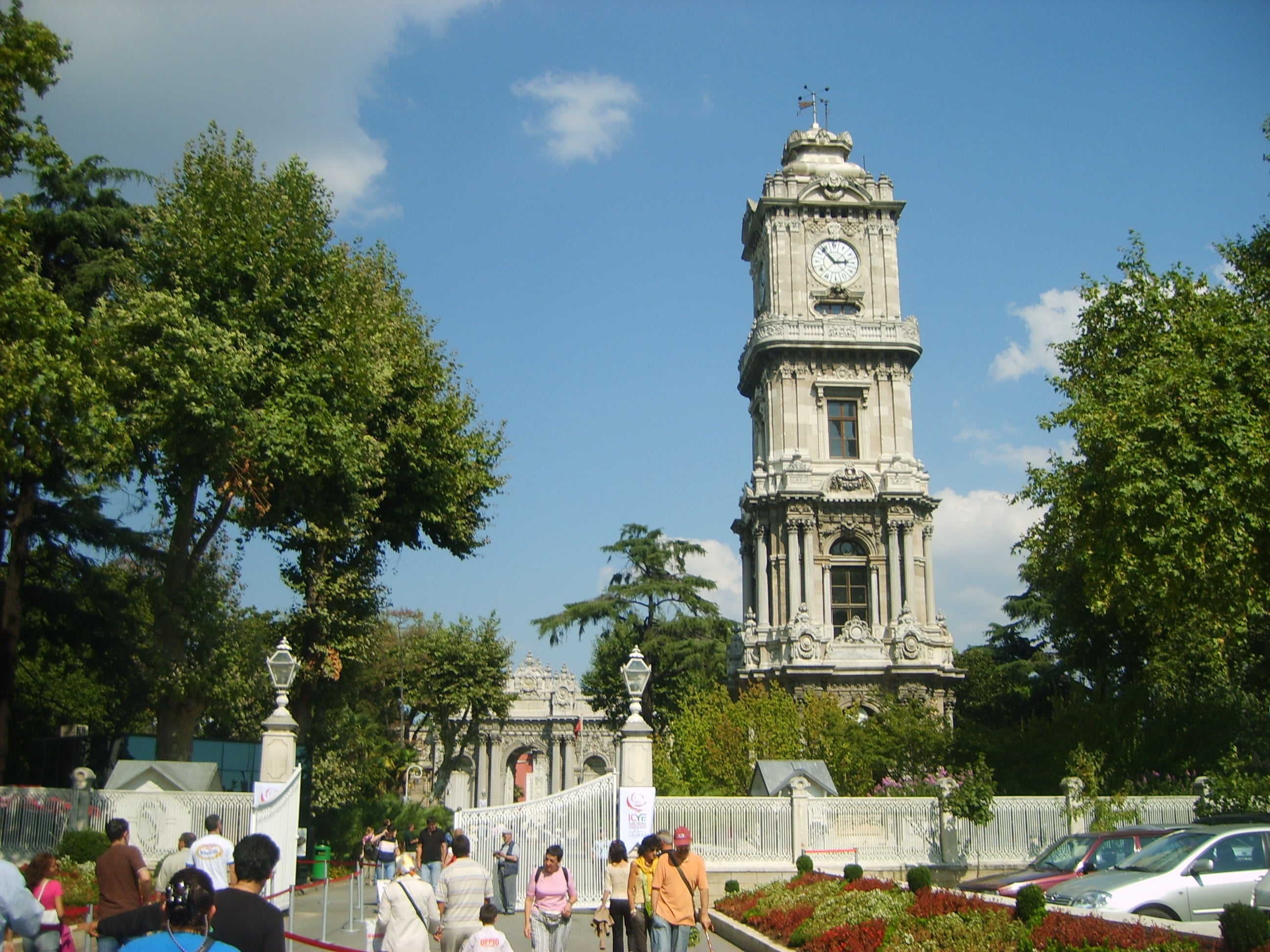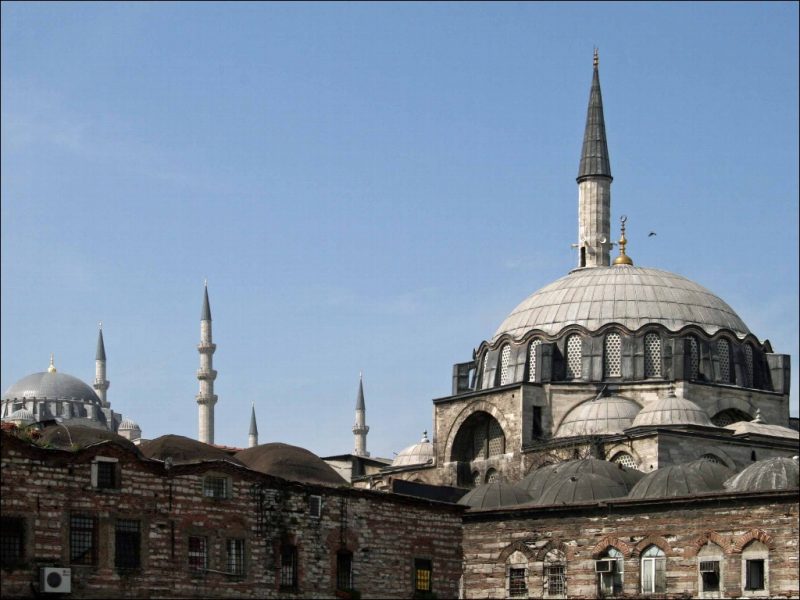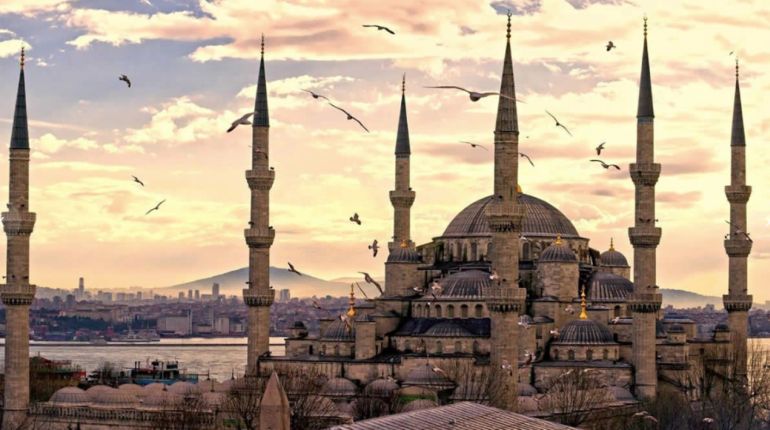Top Churches in Istanbul
Top Churches in Istanbul
Istanbul is one of the finest cities in the world, known as the center of culture and art, and its churches are magnificent. Istanbul has been a Christian city since the 4th century. The Hagia Sophia, Hagia Eirene, and Havariyyun are Istanbul's earliest Christian churches. There were many churches in Istanbul that belonged to various religions, religious organizations, and countries. Here, we've compiled a list of Istanbul's most important, historically significant, and gorgeous churches, all of which are worth visiting and seeing during your stay in the city. Museums that were formerly churches are also included on the list.
Church of Saint Antoine
The Saint Antoine (also known as St. Anthony of Padua or Sant'Antonio di Padova) is one of Istanbul's most beautiful and majestic churches, located on the renowned Istiklal Street in the Taksim area in the Beyoglu district. The church, which was built in 1912 in the Italian neo-Gothic style, is one of Istanbul's biggest churches and home to the city's largest Roman Catholic population. The church was built in the neo-Gothic style by Giulio Mongeri and Eduardo de Nari, two well-known architects. Looking at the façade, we can observe that it is built in the tuscanlombard style of the 14th century and has a latin cross form.
Chora Church
The structure was initially known as the Church of the Holy Saviour Outside the Walls (Chora literally means'country,' reflecting the fact that it was erected outside of Constantine the Great's original city walls.
The church you see now is not the original. Instead, it was rebuilt at least five times, the most notable of which occurred in the 11th, 12th, and 14th centuries. Theodore Metochites, a poet and master of letters who was logothetes, the official responsible for the Byzantine treasury, under Emperor Andronikos II (r 1282—1328), financed almost all of the interior décor – the famed mosaics and the less well-known but equally stunning paintings. Theodore offers the church to Christ in one of the museum's most beautiful mosaics, which can be seen above the entrance to the nave in the inner narthex.
Church of Ayia Efimia
The Ayia Efimia Greek Orthodox Church is located in the Kadikoy market area's tiny plaza. The church was originally constructed in 1694 and was renovated in the 1830s. According to legend, Ayia Efemia was a Christian who refused to worship pagan gods and was tortured and murdered as a result of her defiance in the year 305.
Bulgarian Church of St. Stephen
The Bulgarian Iron Church is a Bulgarian Orthodox church in Balat, Istanbul, Turkey, also known as the Bulgarian St Stephen Church. It is well-known for its neo-Byzantine design, which is made out of prefabricated cast iron pieces. The church belongs to the city's Bulgarian minority. Bulgarians in the Ottoman Empire used to worship in the churches of the Phanar Orthodox Patriarchy, but patriotic efforts in the 19th century gave Bulgarians a national church, the Bulgarian Exarchate.
Hagia Irene Church Museum
The Hagia Irene (Aya Irini in Turkish), a former church that is now a museum and a center for cultural events and exhibits, is located in the Sultanahmet area of Fatih district, along the Sultanahmet Sqaure in Istanbul, and dates back to the 4th century. Hagia Irene Church was not turned into a mosque like Hagia Sophia after the invasion of Istanbul in 1453; instead, it was utilized as an army storehouse. Today, Hagia Irene serves as a museum as well as a place for cultural events and exhibits. Hagia Irene is an excellent venue for classical music performances due to its excellent acoustic design.

































More posts by Etiya Res